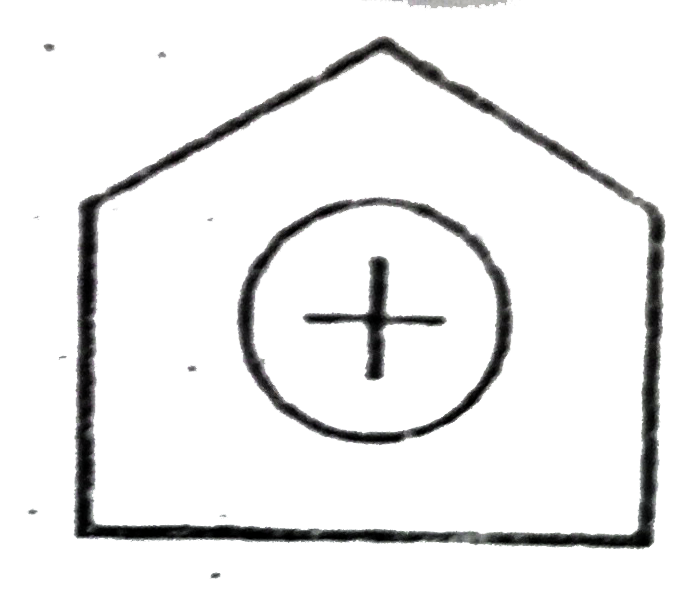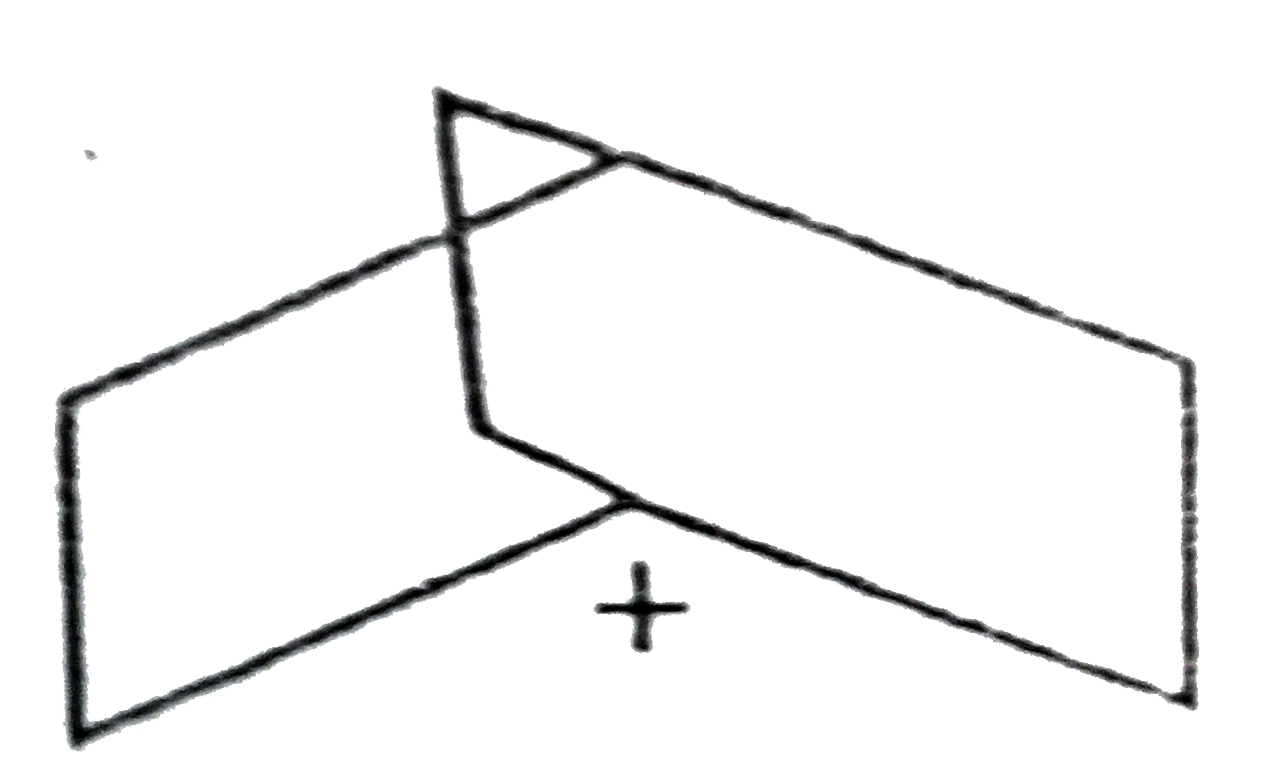Which among the following is most stable carbonation
iso - propyl
Triphenylmethyl cation
Ethyl cation
t - Butyl cation
The correct Answer is:B
To determine which among the following carbocations is the most stable, we will analyze the stability of various carbocations based on hyperconjugation and resonance effects.
1. Identify the Carbocations: The carbocations we need to analyze are:
- Isopropyl carbocation
- Ethyl carbocation
- Tertiary butyl carbocation
- Triphenylmethyl carbocation
2. Structure of Each Carbocation:
- Isopropyl carbocation:
CH3C+HCH3
- Ethyl carbocation:
CH3CH+2
- Tertiary butyl carbocation:
(CH3)3C+
- Triphenylmethyl carbocation:
C+(C6H5)3
3. Analyze Stability Factors:
- Hyperconjugation: The stability of carbocations increases with the number of alkyl groups attached to the positively charged carbon. Alkyl groups can donate electron density through hyperconjugation.
- Isopropyl has 2 alkyl groups contributing to stability.
- Ethyl has 1 alkyl group.
- Tertiary butyl has 3 alkyl groups, providing the highest hyperconjugation.
- Resonance: Carbocations can also be stabilized by resonance. The triphenylmethyl carbocation benefits from resonance due to the presence of three phenyl groups, which can delocalize the positive charge over the aromatic rings.
4. Comparing Stability:
- Tertiary butyl carbocation is stabilized by hyperconjugation from three methyl groups.
- Isopropyl carbocation is next with stabilization from two methyl groups.
- Ethyl carbocation is less stable due to only one methyl group.
- Triphenylmethyl carbocation is the most stable due to extensive resonance stabilization from three phenyl groups.
5. Conclusion: The triphenylmethyl carbocation is the most stable due to its ability to delocalize the positive charge through resonance across three benzene rings.
Final Answer:
The most stable carbocation among the given options is the Triphenylmethyl carbocation.
- Isopropyl carbocation
- Ethyl carbocation
- Tertiary butyl carbocation
- Triphenylmethyl carbocation
- Isopropyl carbocation:
CH3C+HCH3
- Ethyl carbocation:
CH3CH+2
- Tertiary butyl carbocation:
(CH3)3C+
- Triphenylmethyl carbocation:
C+(C6H5)3
- Hyperconjugation: The stability of carbocations increases with the number of alkyl groups attached to the positively charged carbon. Alkyl groups can donate electron density through hyperconjugation.
- Isopropyl has 2 alkyl groups contributing to stability.
- Ethyl has 1 alkyl group.
- Tertiary butyl has 3 alkyl groups, providing the highest hyperconjugation.
- Tertiary butyl carbocation is stabilized by hyperconjugation from three methyl groups.
- Isopropyl carbocation is next with stabilization from two methyl groups.
- Ethyl carbocation is less stable due to only one methyl group.
- Triphenylmethyl carbocation is the most stable due to extensive resonance stabilization from three phenyl groups.
The most stable carbocation among the given options is the Triphenylmethyl carbocation.
Topper's Solved these Questions
Similar Questions
Knowledge Check
Which among the following is the most stable carbocation ?
ACH3C+H2B+CH3C(CH3)3C+D(CH3)2CH+Among the following the most stable carbocation
ACH3−CH+−CH3B C
C D
D
Which of the following is most stable ?
APh3C+BPh2CH+CPhCH+2DTroplium cation.
